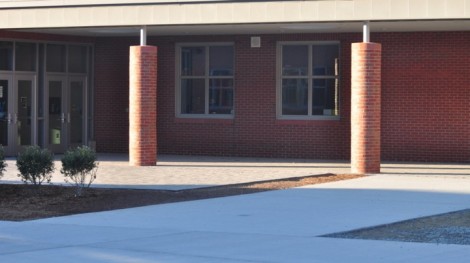
Come September, advisory groups will be a new part of life at WHS for students and faculty.
“Advisory is typically defined as a small group of students who meet with an adviser, or advisers, and separate from the core curriculum,” said Allyson Mizoguchi, Wayland High School’s vice principal.
If the current plan prevails, the groups will consist of about ten to fifteen students guided by a teacher or faculty member, and the groups will launch in September 2012.
It is still unknown exactly where advisory will fit into the WHS schedule.
Members of the Being A Teenager is Hard Enough (BATHE) group and teachers discussed last spring which parts of school culture should continue to the new school, and which should be left in the old. Students expressed feelings of separation from one another and discussed strengthening relationships between teachers and students.
“During the meeting we discussed what we would do and focus on during this time, such as relationships, team-building, and get-to-know-you activities. We thought of a place to share what you’re going through during school,” said BATHE co-founder, Tori Hill.
Mizoguchi’s goals for advisory reflect those of BATHE.
“We are looking at advisory as a way to strengthen our school culture, providing one more way for students to feel connected to each other and to another adult. We are looking for ways to break down barriers and look at things more honestly, apart from the classroom culture. There’s a need for it,” said Mizoguchi.
To aid in the advisory design process, administrators are working with consultant Rachel Poliner. The administration meets monthly with Poliner, who has worked in schools everywhere from New England to Texas, to write the curriculum.
According to Poliner, the first step in designing any advisory program is gathering a team of people. Usually, this team is made up of an administrator, a guidance counselor and a representative teacher from each department.
“With the team, we check that we’re covering different grade levels, and ask what’s best for this school. It’s a methodical process; there’s no one right format,” said Poliner.
Poliner explains that some people may think that once a school has a culture, it is set and cannot be changed. She believes this to be untrue.
“You can shape it however you want. There is never quite a total three sixty in culture, but there will be a softening of the edges to create a more inclusive environment,” said Poliner.
To spark a change in environment, the time spent in groups is designed to receive student’s input on school policy and layout of policies. However, the exact plan, which Poliner describes as “interesting and unusual,” is currently confidential and in its primary stages.
Both Mizoguchi and Poliner attended a faculty meeting in February where they discussed the potential composition of the groups. Teachers were asked to analyze different scenarios in which students were grouped differently.
The advisory team recently spent a day working out logistics, but details from the meeting are confidential.

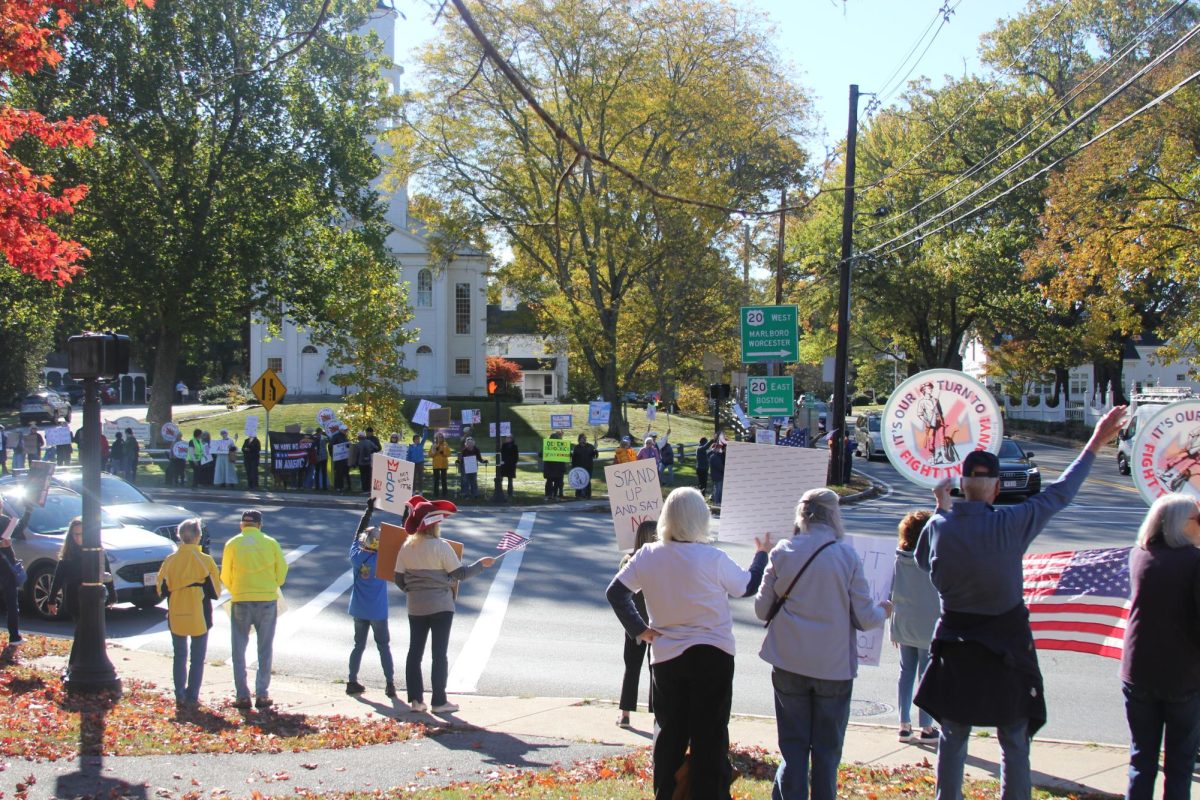









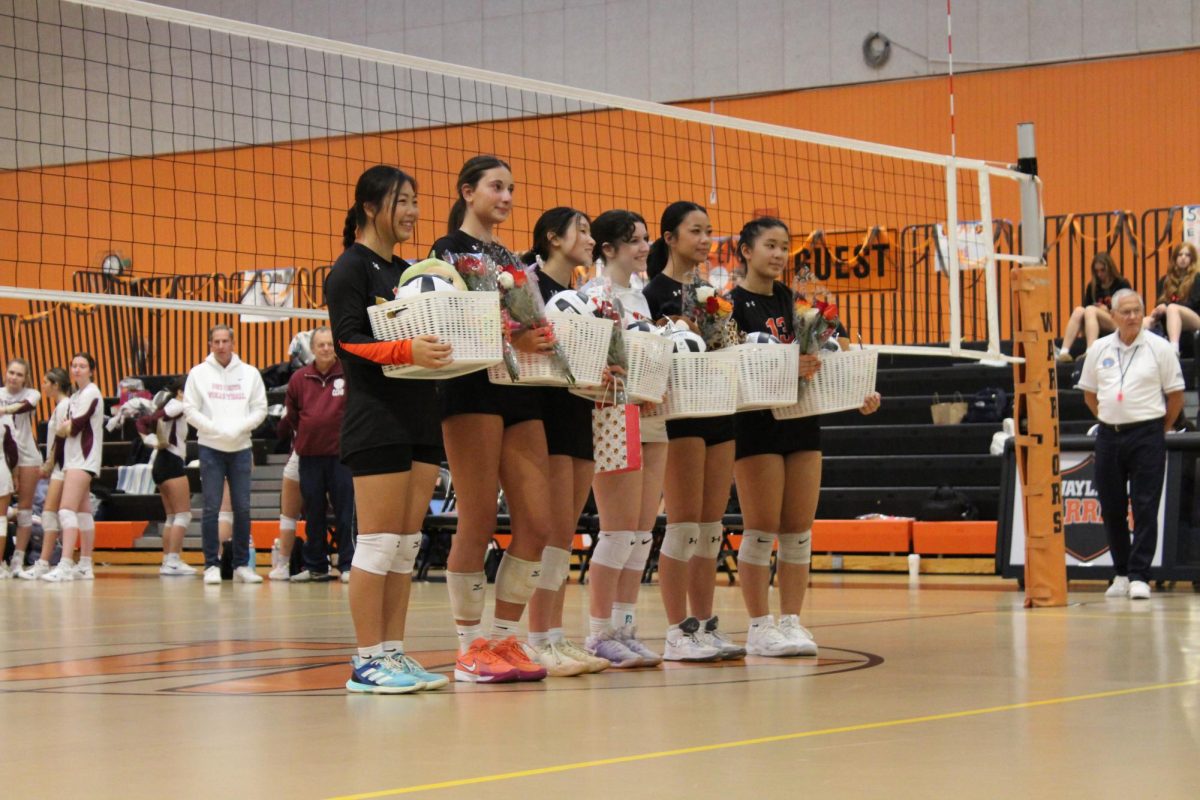
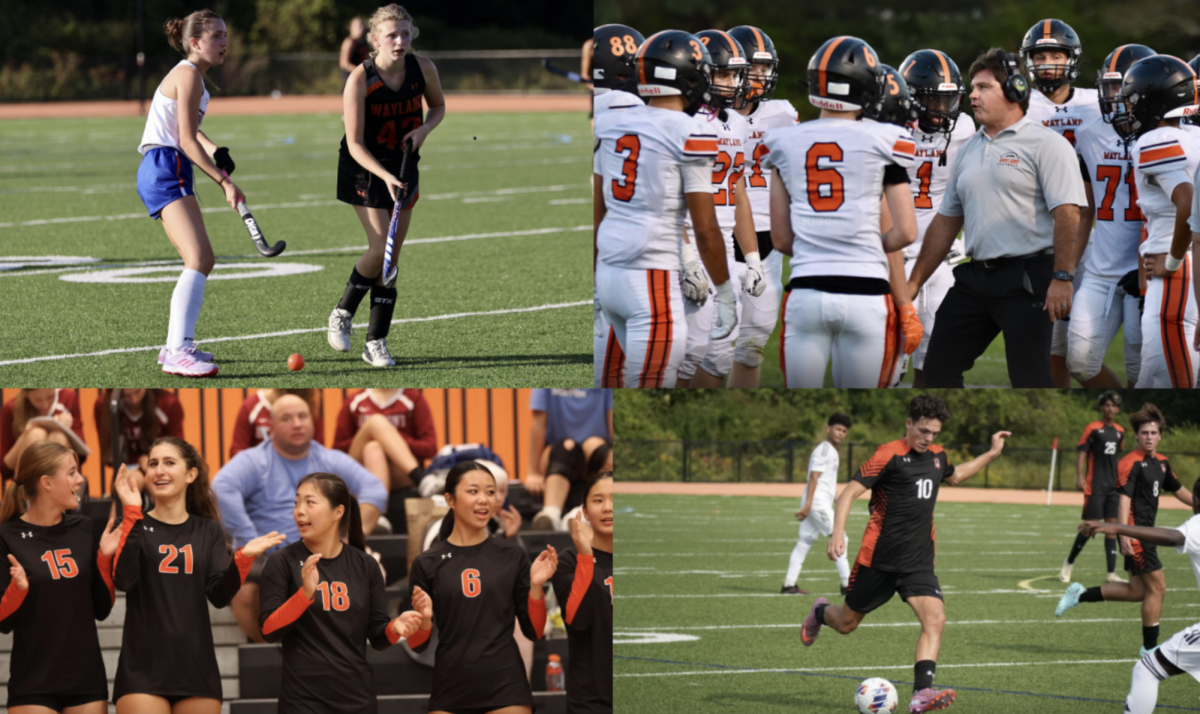
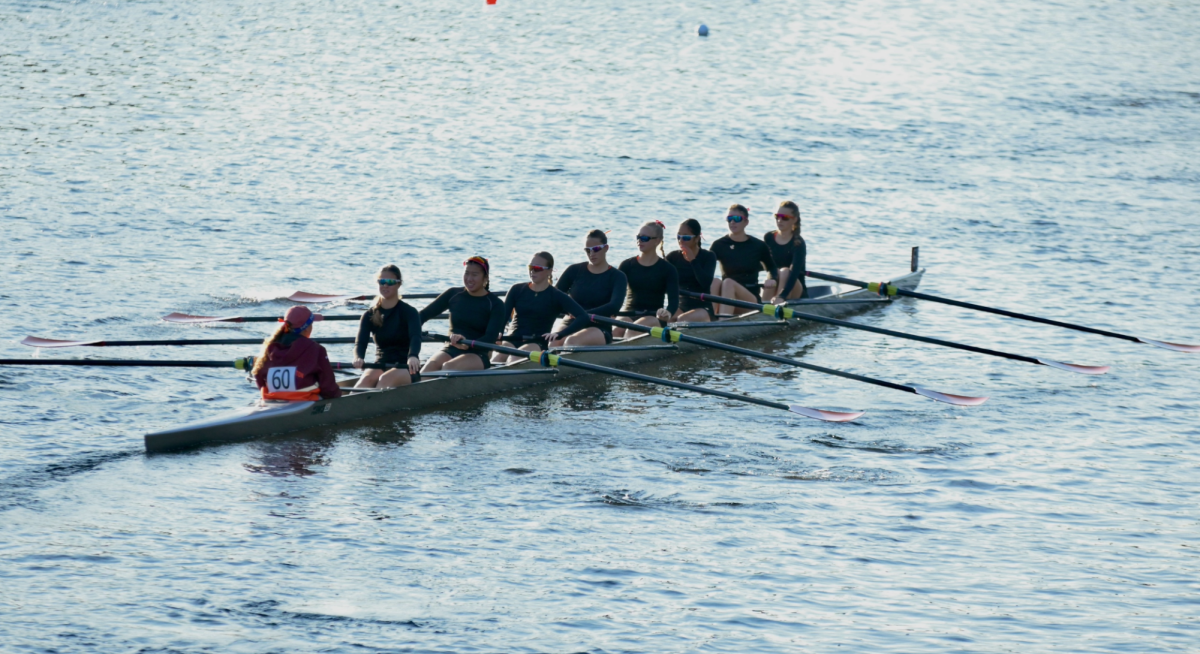
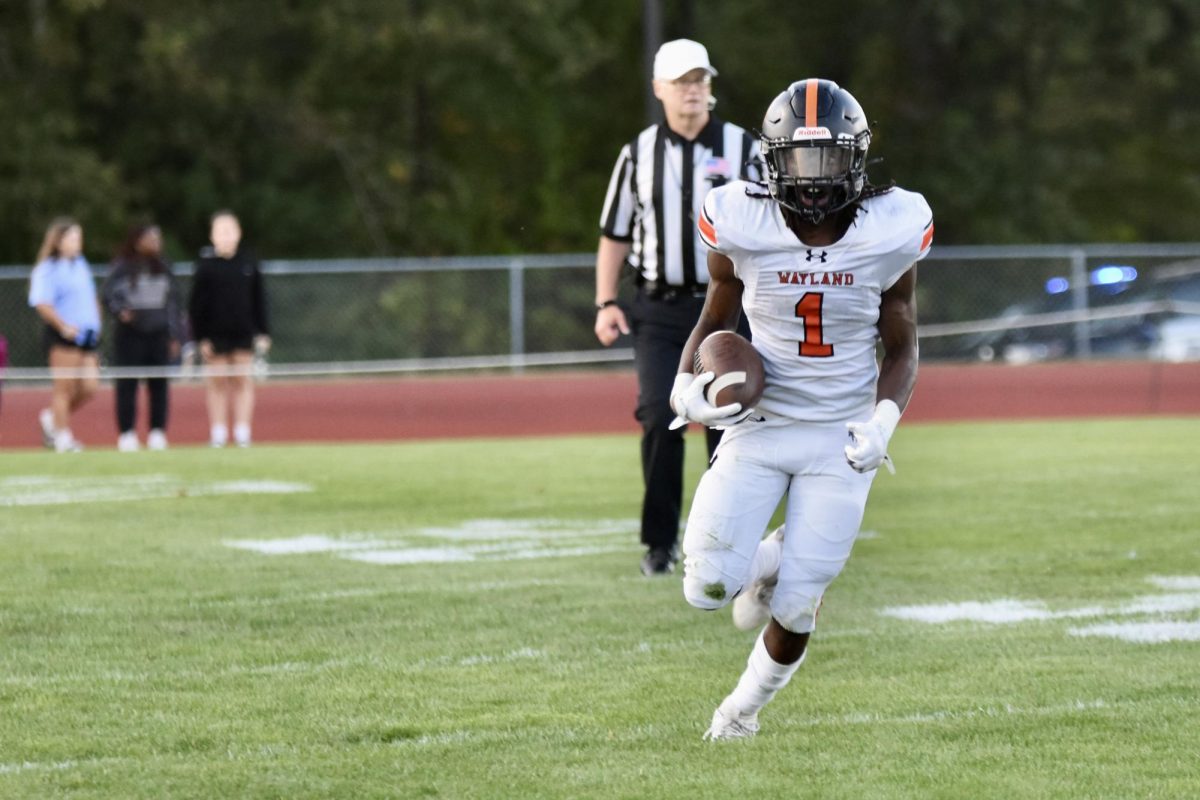
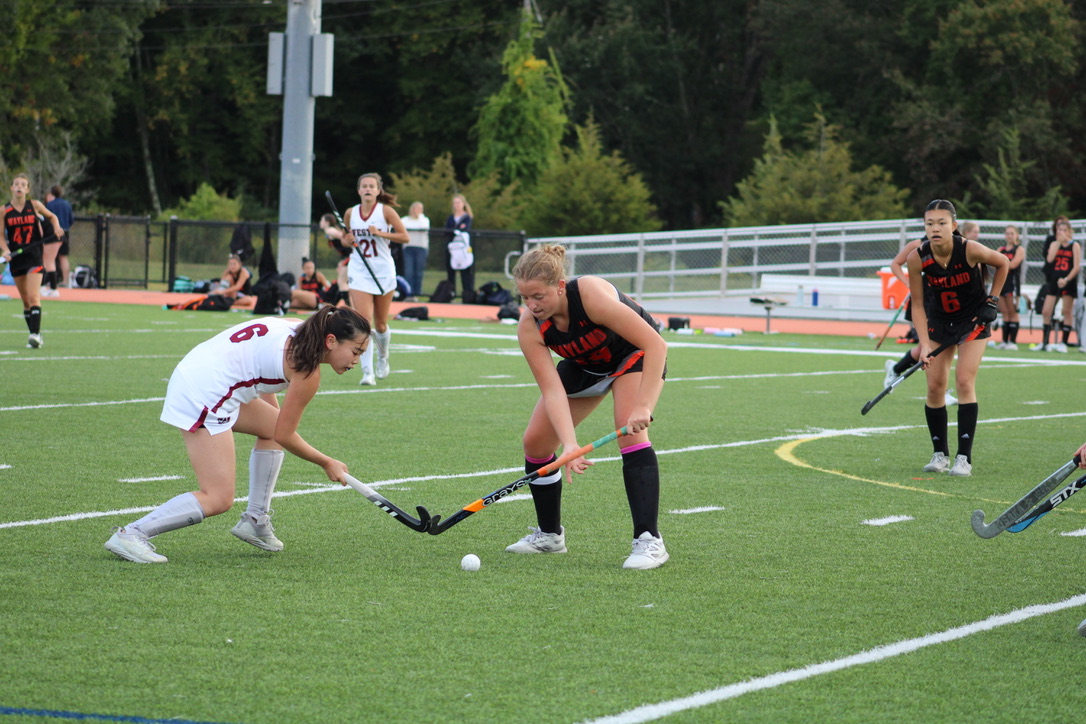










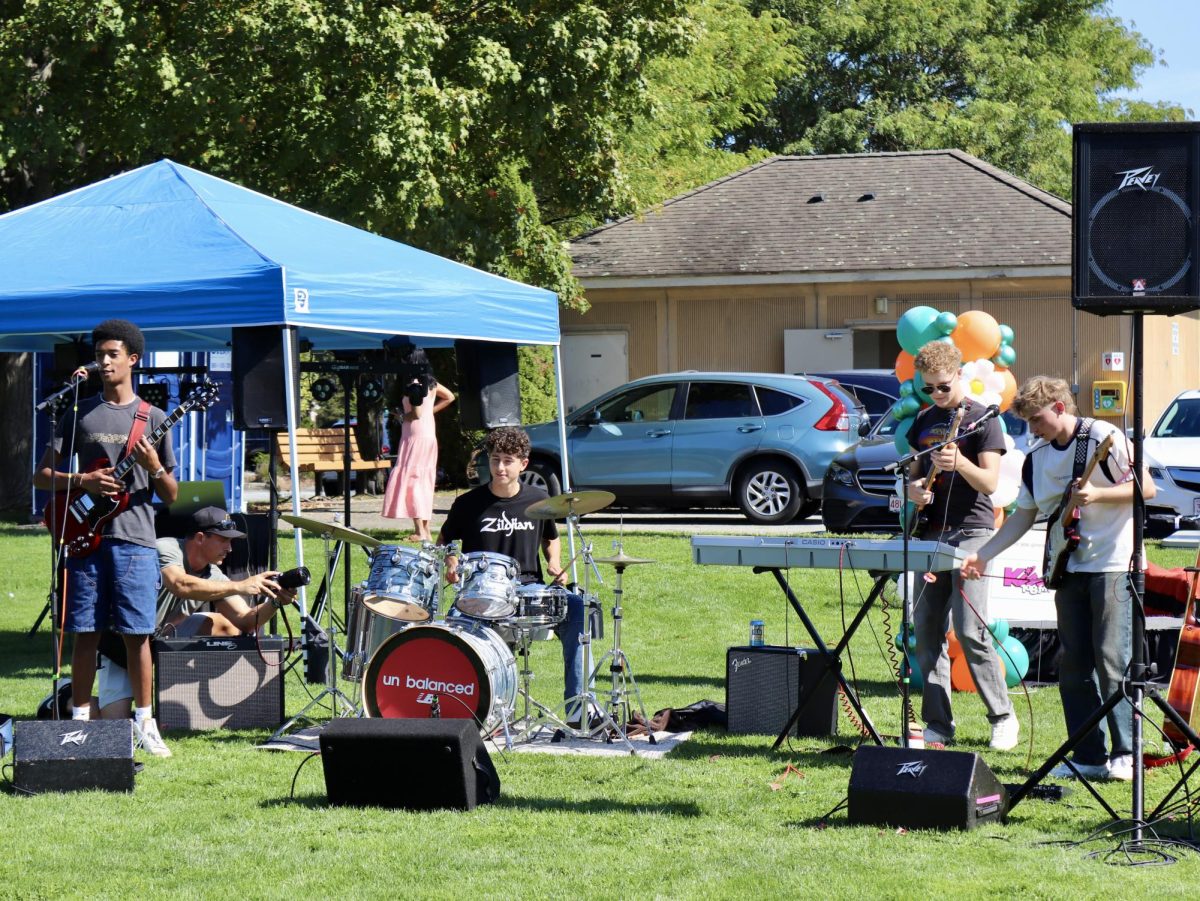
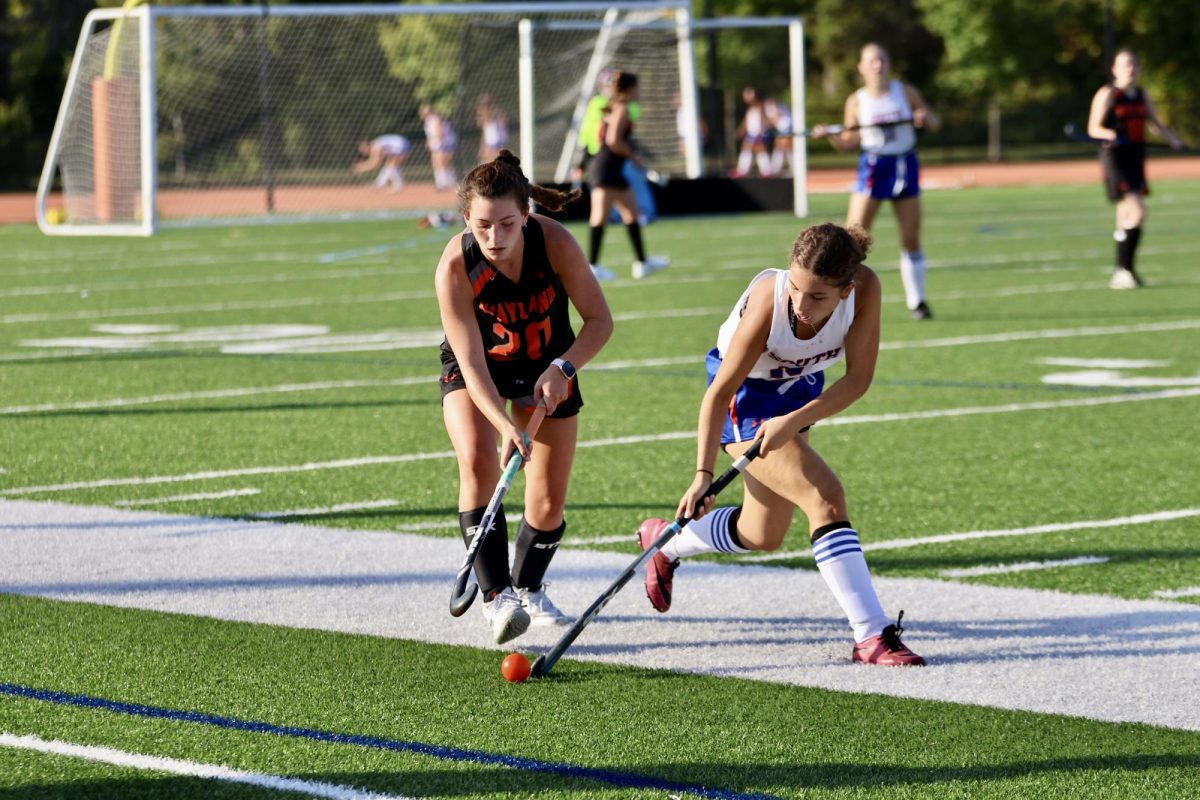

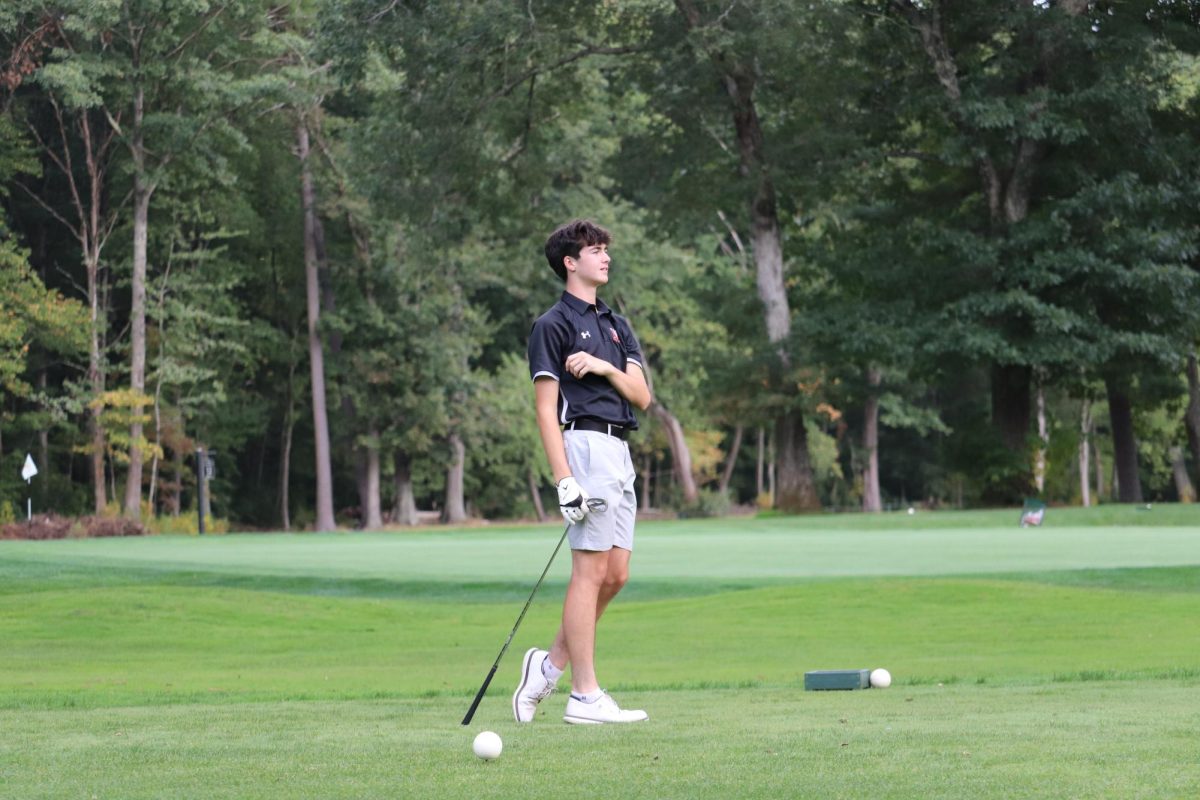
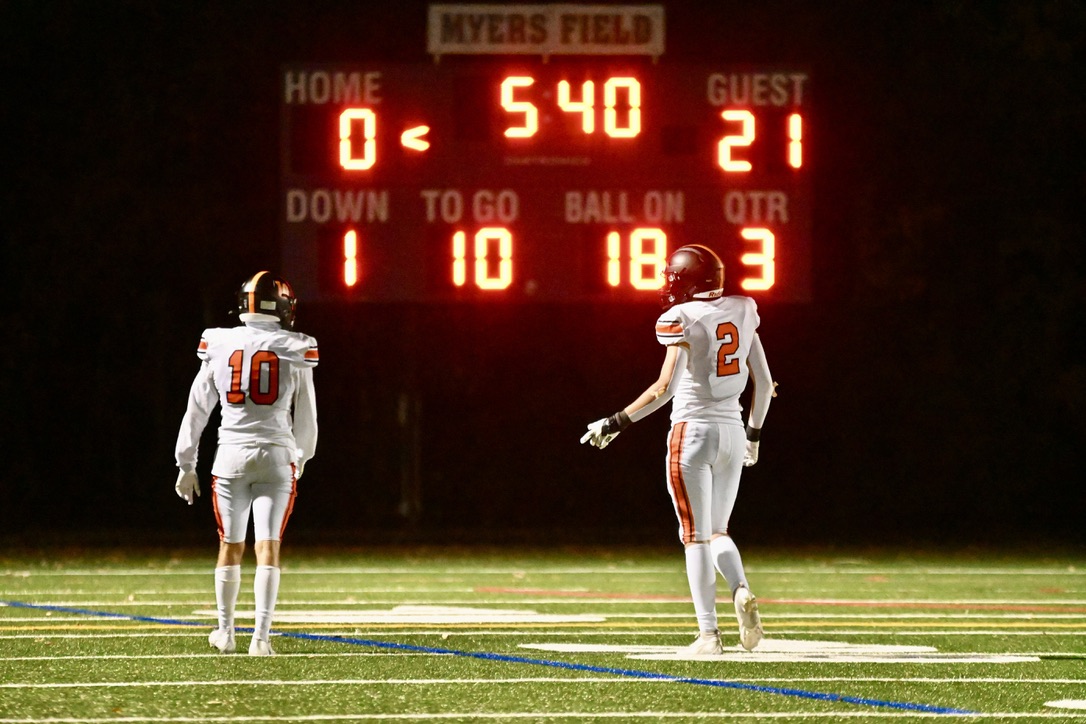


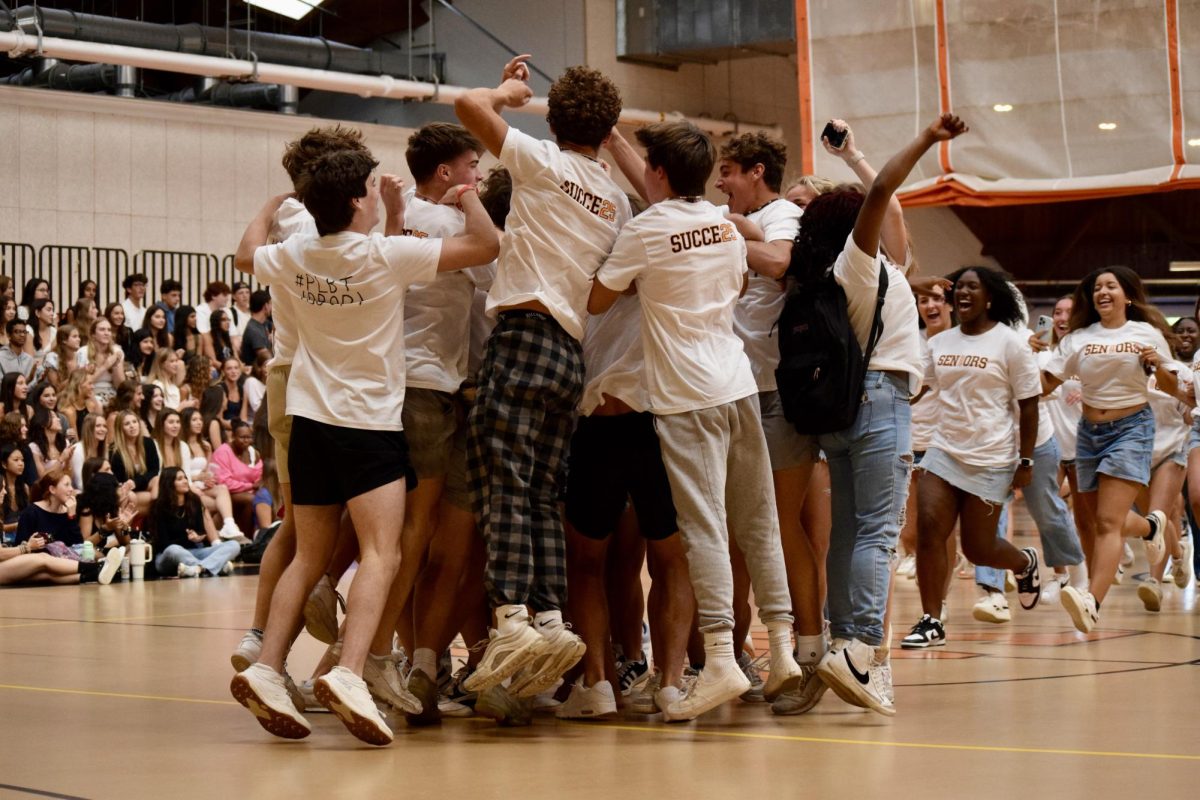



person • Apr 4, 2012 at 11:33 PM
"Poliner explains that some people may think that once a school has a culture, it is set and cannot be changed." You can try to change a school culture by taking control and pushing your ideas, but it will never be out culture. This will be seen just as another joke class such as gym or seminar, but thats the school trying to slowly take away our frees, like they took away hill night and senior assassin. Just one more thing to skip, thanks.